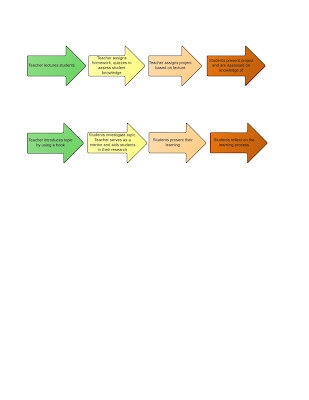Dan Pink: The Puzzle of Motivation
In his TED talk, Dan Pink tells us how incentives are not always the best way to motivate people. He mentions different examples where people display weaker performance when there is a reward. While most of his talk is about businesses, it is not very different in a classroom setting. Teachers tend to fall into this incentive-based system. Students do what you want them to do (and not more) and they get a ticket, or a sticker, or a brownie, or marbles... or... you get the idea. However, they don't always get why (or what) they are doing, or what purpose it has on the greater scheme of things (like Geometry... I had some students ask why they needed to learn about acute angles if they were never going to use it).
Dan Pink says that people work better when the incentive is based on three things: Autonomy, Mastery, and Purpose.
So what are these three things that will motivate most people into working better?
Autonomy relates to independence. They get to make the decisions
Mastery is the absolute understanding or knowledge in a subject
Purpose is knowing why you are learning something
These three things, in my opinion, relate to project based learning. Students have the autonomy of what and how they do it. They also decide when and where they will be getting their work done. The students will then figure out, through trial and error, and a lot of research, what it is they need to know. They will become "experts" on the topic. They will also understand what the purpose is to learning this particular information, and will be able to relate it to their lives.
I will leave you with this quote, and a thought....
“People do not fail in life because they aim too high and miss. They fail in life, because they aim too low and hit.” (Unknown)
Do we aim low in life because we are just trying to do what is "needed" to get the reward?


